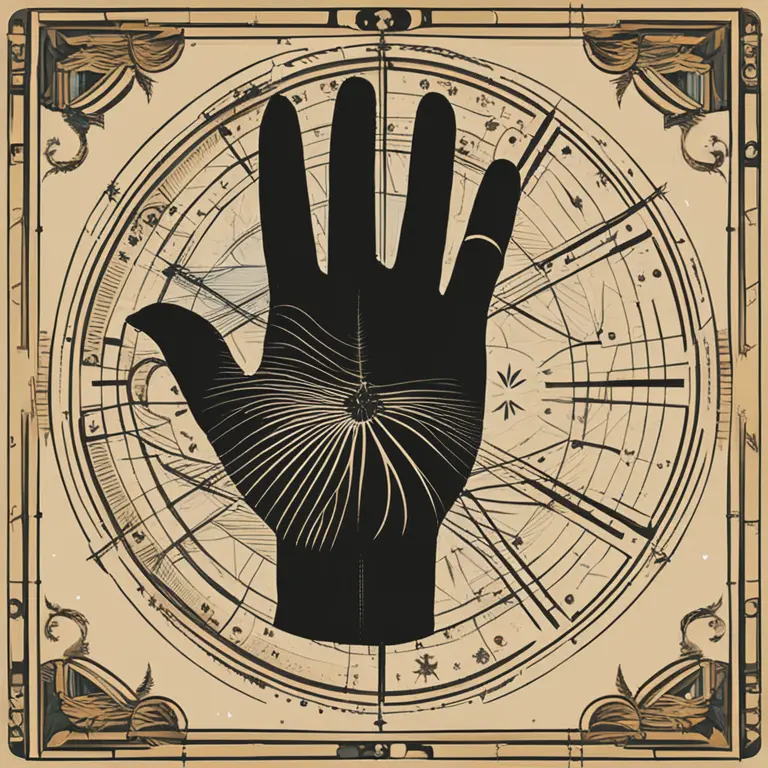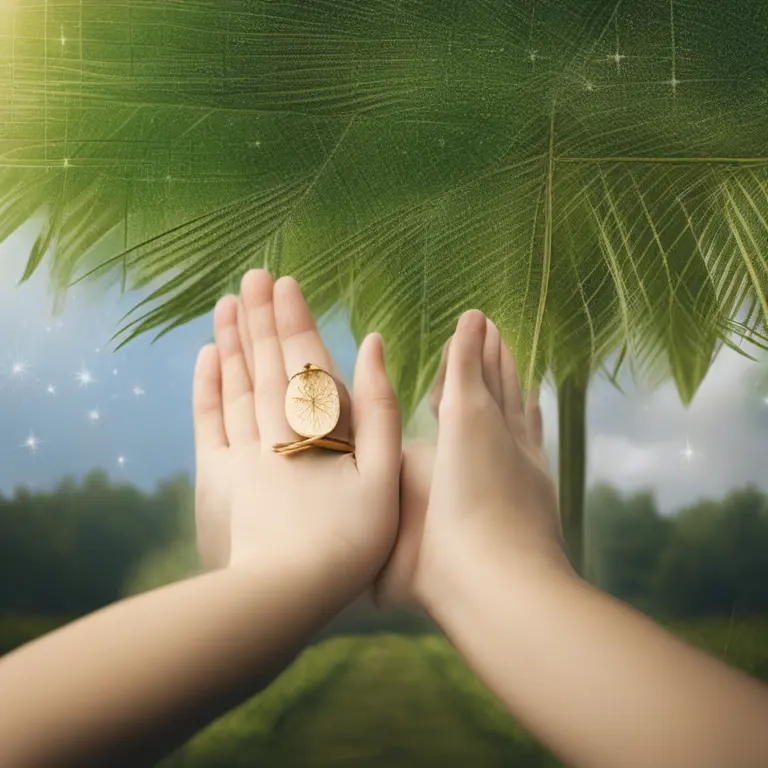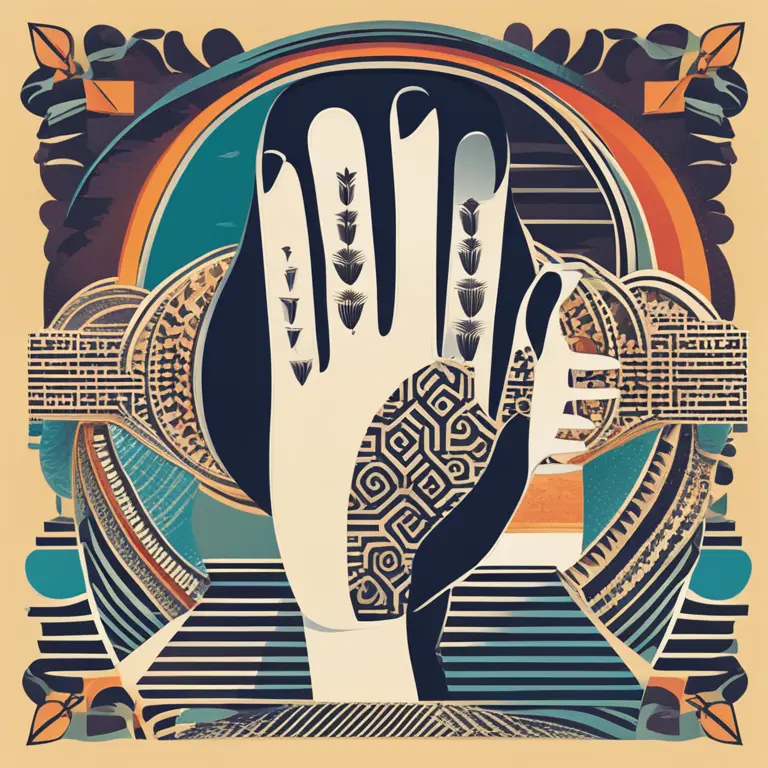
The Allure of Palmistry: A Path to Personal Insight
Discover the reasons for placing belief in the ancient practice of palmistry and how it provides a unique lens through which to view one’s path and potential.
article by Nora Pennington
Palmistry: A Timeless Quest for Knowledge
Palmistry, or chiromancy, has been a source of fascination for millennia, bridging cultures and generations with its beguiling promise of insight. Despite advancements in technology and the proliferation of information in our digital age, palmistry remains revered as a tool for self-discovery. Many believe in its ability to reveal character traits, future events, and personal potentials. In a world teeming with uncertainties, palmistry offers a touch of the intimate and the mystical—an appeal that is timeless.

Personalized Insights in an Impersonal World
In the modern era, personalized experiences have become more significant than ever. Algorithms define our digital lives, recommending everything from music to shopping choices, but personalization there often feels hollow. Palmistry, by contrast, invites a deeply personal engagement. Each hand is unique, and practitioners argue that the lines and shapes found in our palms act as a personal narrative, reflecting our journeys and inherent characteristics. This sense of bespoke insight is what draws many to seek wisdom from the lines in their hands.

Harmony with Nature's Blueprint
Beyond the individualistic appeal, palmistry is also seen as a testament to our connection with the natural world. Advocates suggest that just as rings of a tree tell a story and stars guide navigators, so too can the lines of our palms guide us through life's voyage. This belief in a universal order, to which palmistry provides a key, lends the practice an allure in an age keen on ecological and cosmic connections.

Psychological and Emotional Validation
Palm reading often resonates with individuals on a psychological level, offering validation and reassurance. A palmist’s interpretations can serve as a mirror, reflecting what one might already sense within. This may provide a sense of comfort, encourage self-realization or even spark motivation for personal growth. Moreover, in seeking understanding from palm readings, individuals can engage in a form of introspection, often leading to profound personal epiphanies.

Cultural and Historical Significance
The enduring nature of palmistry also stems from its deep roots in human history. Across the world, various cultures have looked to palmistry as part of their spiritual and communal traditions. In 2024, as society continues to appreciate cultural diversity and historical consciousness, the practice of palmistry enjoys renewed attention and respect. It is deemed not just a means of fortune-telling, but also a cultural artifact—a piece of our collective human heritage.
The Appeal of Life's Mysteries
Our attraction to mystery is an intrinsic part of human nature. In an age dominated by data and logic, there is something profoundly compelling about the inexplicable aspects of life. Palmistry does not conform to the empirical demands of science, and yet its enigmatic qualities are precisely what captivate enthusiasts. In palmistry, people find an expression of life's indefinable mysteries—a sanctuary for wonderment and the unknown.
The Thriving Community of Practitioners
Lastly, the community that revolves around palmistry breathes life into its practice. As of 2024, online forums, social media groups, and in-person workshops unite palmistry practitioners and enthusiasts. This sense of shared purpose and discovery bolsters individual beliefs in the practice. Participation within this community offers solidarity, learning, and the joy of contributing to a shared, yet personally enriching, field of interest.
Published: 1/11/2024
Modified: 1/12/2024
More predictions
Come back here soon to learn more about yourself and your future


The Essence of Palmistry: Interpreting Lines and Shapes
Delve into the world of palmistry to discover the meanings behind the lines and shapes etched into the palms of your hands.


The Efficacy of Palmistry: Real Insight or Fancy?
Delve into the validity of palmistry as a form of divination. Is there a truth behind the lines on our palms, or is it just a charming fancy?


Palmistry: The Historical Overview
Delve into the dawn of palmistry and trace its journey through the corridors of time, uncovering the roots of this ancient practice.